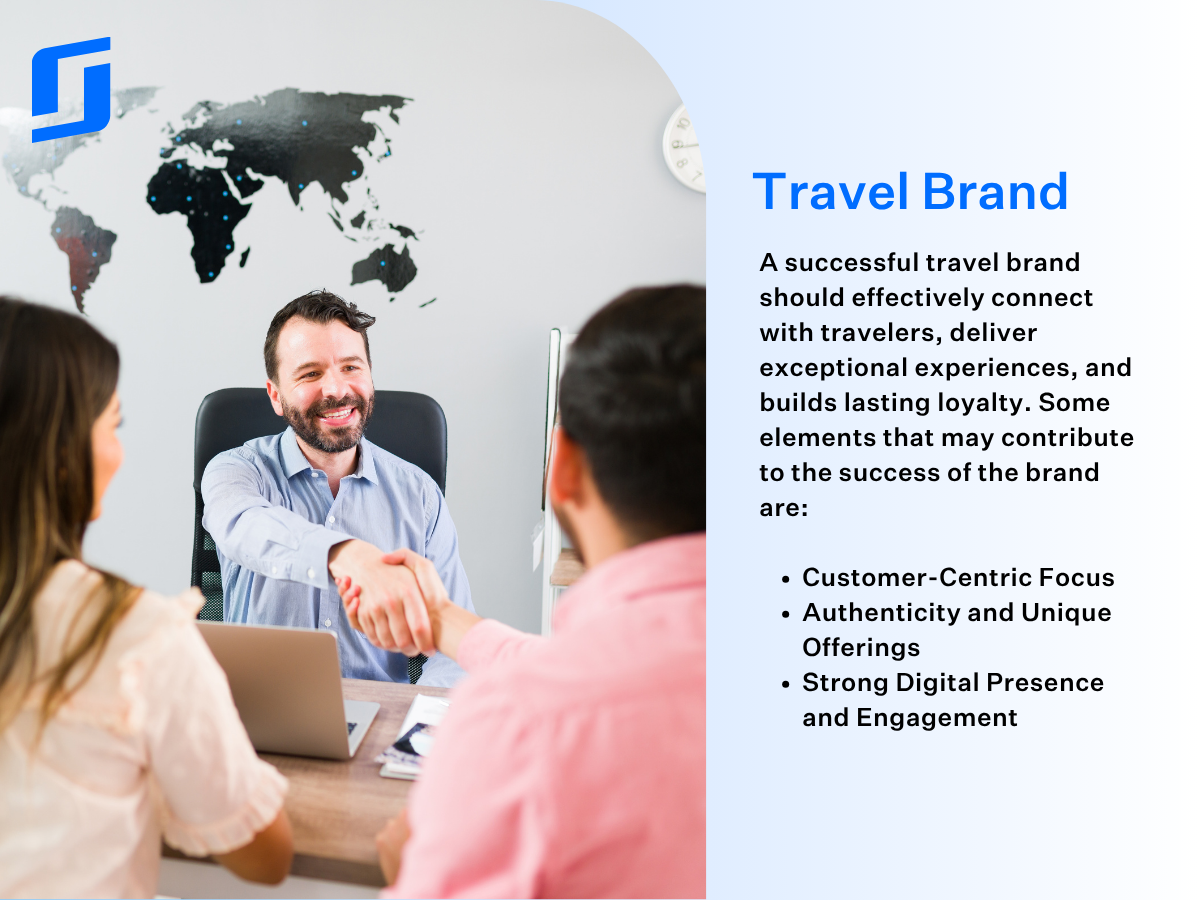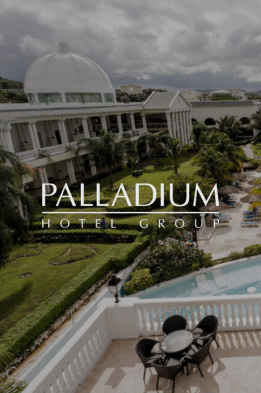What is a travel brand?
A travel brand is an entity that makes a promise to guests about the experience they will have during their stay at a hotel, and the proof that is delivered at every touchpoint. It covers everything about your hotel, from the look of your logo and the tone of your emails to the accuracy of your rates online.
Consider a mid-scale hotel group that markets itself as “easy business travel”. Its photos show practical workspaces, reviews mention fast Wi-Fi and the booking engine highlights flexible check-in. Those details back up the promise and set the property apart from the sea of generic listings on OTAs.
For multi-property operators, consistency is vital. Guests should get that same reliable Wi-Fi and flexible service whether they stay in Sydney or Singapore. Technology that syncs rates, availability and content across channels keeps the story straight and avoids brand-damaging surprises.
In this blog, we will break down the steps to build and scale a travel brand that wins bookings and loyalty.
Table of contents
Why do hotels need a strong travel brand?
The importance of a travel brand comes down to providing a clear, consistent, answer to guests about your offering that cuts through the noise. With this you’ll see a number of benefits:
- A recognised brand lifts revenue: When travellers trust what they will get, they book earlier, choose higher-value rooms and are less tempted by last-minute discounts. Strong brands also earn repeat stays, turning one-off guests into loyal advocates who do your marketing for you.
- Brand clarity saves money: With one look and feel across your website, OTAs and confirmation emails, you spend less time fixing mismatched photos, outdated rate descriptions or review complaints that stem from mixed messages.
- A defined brand attracts the right staff and partners: People want to work with hotels that live their values, whether that is low-impact luxury or fast, fuss-free business stays. When your promise is crystal-clear, recruitment and collaborations become far simpler.
Power up your travel brand with SiteMinder
SiteMinder unifies your OTAs, market data and booking engine in one platform, helping you boost revenue and guest loyalty.
Learn more
How did luxury travel brands become successful?
Luxury hotels don’t win loyalty on marble lobbies alone. Three patterns stand out:
- Crystal-clear positioning: Each brand owns a specific idea: urban tranquillity, barefoot island escapes or business-ready elegance. Guests know exactly what they’re paying for, and staff know how to deliver it.
- Relentless consistency: Room layouts, staff training and digital touchpoints all follow one playbook, so travellers feel at home whether they arrive in Dubai or Dublin.
- Local flair on a global frame: The best brands weave local art, food and stories into a standard guest journey. This balance of familiarity and discovery keeps experiences fresh without diluting identity.

How to be the best travel brand: A step-by-step guide
First we should consider a few key stats:
- 35% of people discover new travel destinations on Instagram so having a strong brand can get you on that list.
- 79% of consumers say that personalised service from a travel brand is more important, which is one of the ways of becoming the best travel brand
- 70% of travellers in 2024 prefer sustainable holidays and travel options which is common in the list of being the best travel brand
A strong brand is the result of clear choices repeated consistently. The five steps below walk you through defining your promise, packaging it in a memorable identity and keeping every touchpoint, from website to key card, in sync so guests recognise and trust you wherever they book.
1. Identify your niche/audience
Pin down who you serve and what they need most. Families on school holidays want simple room configurations and clear value, while digital nomads crave fast Wi-Fi and flexible stays. Once you’ve named the group, list the non-negotiables that make them book again and again.
2. Develop your brand identity
Choose a brand promise guests can repeat in one line, then anchor it in concrete details. If your story is “coastal calm”, let sea-toned photography, uncluttered layouts and soothing copy carry that mood across every page. Keep the colour palette short and the voice guidelines even shorter so staff and partners can apply them without lengthy style checks.
3. Build brand consistency
Consistency is your brand’s safety net. Use the same tone, imagery and rate descriptions on your website, OTAs, social feeds and confirmation emails. Schedule weekly checks on live pages to catch stray fonts or old offers before guests do. A channel manager and content manager working together keep prices and copy in sync, saving your team from those “why is this different?” calls at reception.
4. Partner with locals
Show you’re plugged into the neighbourhood rather than parachuted in. Feature one or two nearby businesses that reflect your promise, such as an independent roastery for coffee-loving guests or a bike-hire shop for eco-minded explorers. Packages and joint social posts bring both audiences under your roof without a big ad spend.
5. Monitor your brand
Set up alerts for brand mentions and review scores, then track them alongside occupancy and ADR. Spikes in negative sentiment often point to a broken promise, for example, slow check-in, patchy Wi-Fi or housekeeping delays. Fix the root cause, tweak the messaging if needed and let guests see the change in action.
How do you measure the success of your travel brand?
A few points that demonstrate the importance of having a strong brand presence:
- Hotel websites generated about 60% more revenue per booking than OTA sources in 2024, so tracking direct-booking share is one of the fastest ways to grow profit.
- A one-point rise in a hotel’s online reputation score drives an 5 – 9 % RevPAR increase, which means real-time review and sentiment monitoring isn’t optional.
- Repeat guests spend roughly 67% more per stay than first-time visitors, making repeat-stay rate and lifetime value critical barometers of brand health.
To measure the success of your travel brand you need to pair the right metrics with purpose-built tools. Do this and you’ll spot wins, close gaps, and prove return on investment.
1. Direct booking share
Use SiteMinder’s performance dashboard to watch how many bookings come straight through your website versus OTAs. Add Google Analytics data to see which pages and campaigns drive those conversions.
2. Repeat-stay rate and guest lifetime value
Pull reservation history from your property management system and overlay it with Revinate or similar CRM software. These platforms flag repeat guests and calculate what they spend across multiple stays.
3. Average daily rate (ADR) uplift
Compare your ADR to the local competitive set in SiteMinder Insights, then sanity-check against market data in OTA Insight. A steady premium shows travellers value your promise.
4. Review sentiment and Net Promoter Score (NPS)
Feed TripAdvisor, Google and OTA reviews into ReviewPro. The tool scores sentiment, highlights common pain points and links feedback to specific stays so you can fix issues quickly.
5. Brand awareness and search demand
Track branded keyword volume in Google Search Console and monitor social mentions with Brandwatch or similar listening software. Growth here proves more travellers know you by name.
Bring these numbers into one shared dashboard, so marketing, revenue and operations work from the same playbook. Celebrate quick wins, fix weak spots early and refine campaigns before results slip.
Key takeaways
- Track the numbers that feed profit such as direct booking share, repeat-stay value, ADR premium and branded search demand.
- Rely on purpose-built tools like SiteMinder Insights, Revinate and ReviewPro to turn live data into clear actions.
- Pull every metric into one shared dashboard so revenue, marketing and operations move in sync and fix issues fast.
Maximise direct bookings from your website
SiteMinder integrates with leading hotel booking engines to keep your rates and inventory up-to-date in real-time, delivering commission-free direct bookings straight to your PMS.
Learn More
FAQs About Travel Brand
Which IHG brand was the first luxury hotel travel brand?
InterContinental Hotels & Resorts launched in 1946. It was created by Pan Am founder Juan Trippe to serve emerging business routes in Latin America. From the start, InterContinental paired global service standards with local culture, and it’s a blueprint many modern brands still follow.
What is the best luxury hotel brand for business travel
Four Seasons ranks high with corporate travellers because it builds work-friendly features into the luxury experience: fast, free Wi-Fi, tech-ready meeting rooms, flexible check-in and an always-on concierge. Every touchpoint shows that productivity and comfort can sit side by side.


